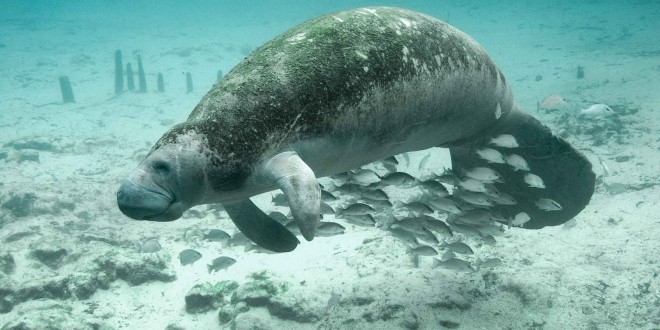
It’s a wonderful time of year to be in Northeast Florida. I just returned from a trip to Washington, D.C., where it was freezing, literally 32 degrees, and windy. Ugh!
Luckily, I had thought to pack my overcoat with gloves and a scarf to steel myself from the elements.
Now, don’t get me wrong, I love our nation’s capital with all its ethnic restaurants, Metro transit system and fantastic architecture, but coming home was great, too.
We have a growing list of excellent restaurants, but the Skyway is lacking (to put it nicely) and our architecture is still a work in progress.
But the real reason I like to call Jacksonville home is the St. Johns River.
I had lunch recently with a new friend at the River House at Jacksonville University, on an outdoor deck overlooking the river.
He remarked how much he liked living in Jacksonville.
He had grown up here, moved to Atlanta for school and then a job, but had returned to Jacksonville and was glad he did.
We joked that we hoped not too many other people discover what we have.
The river seems to come back to life in March and April as the water warms.
We start seeing more dolphins, eagles and ospreys.
Manatees are still in the somewhat warmer waters south of here, but they, too, will return shortly.
State wildlife biologists recently had to rescue a small manatee showing signs of cold stress.
Despite their large size, manatees have very little fatty insulation to protect them from temperatures below about 68 degrees.
Once the water gets above that temperature, they are no longer in danger from the cold water. So we will begin to see manatees in our part of the river soon.
The good news is that our manatee population seems to have stabilized and may even have grown a little.
Every year when there has been a cold front that has caused the water temperatures to drop, multiple agencies fly over the state and count all the manatees that they can see.
This is called a synoptic sample, since it provides a snapshot of the minimum number of manatees in the state.
We know how many we have seen, but not how many we didn’t see.
This year’s count was 6,250, while 2015 was 6,063 and 2014 was 4,824.
This is remarkable, despite that, in 2015, we had 405 recorded deaths and 371 in 2014.
Many manatees die of natural causes or cold stress, but watercraft still account for about 25 percent of all deaths.
So when you are boating in the St. Johns River, obey the manatee slow speed zones, wear polarized sunglasses to reduce glare, and watch for the telltale swirl as the manatee dives beneath the surface after grabbing a breath of fresh air.
Ask River Life
What does the St. Johns Riverkeeper do to call attention to the river?
Many, many things. Here’s just one example: Lisa Rinaman, the St. Johns Riverkeeper, began a 13-day river tour this past Tuesday of the entire 310-mile length of the St. Johns River. The Save the St. Johns River Tour will hopefully raise awareness about river issues, and help people and organizations who care about the river join together for a unified approach to help save it.
River Life runs the last Friday of each month in The Florida Times-Union. E-mail A. Quinton White, executive director of Jacksonville University’s Marine Science Research Institute, with questions about our waterways at qwhite@ju.edu. For more on the MSRI, visit ju.edu/msri.
 Wave Magazine Online Jacksonville University News Hub
Wave Magazine Online Jacksonville University News Hub
